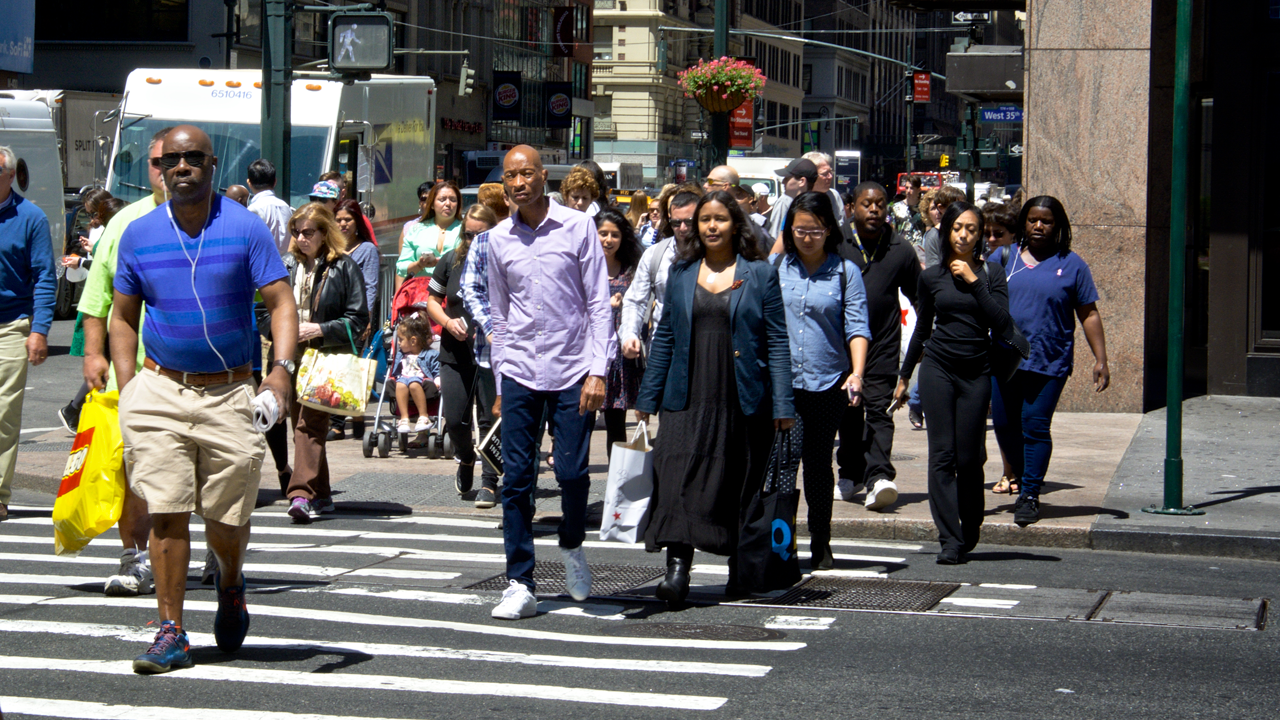
In the United States, black adults have twice the risk of developing type 2 diabetes as white adults, particularly among young and middle-aged persons. A big question for researchers is whether the gap is due to race itself or whether modifiable biological, behavioral, or neighborhood factor differences contribute to the risk for black individuals by middle age.
To find out, Pamela Schreiner, Ph.D., a professor of epidemiology and community health in the University's School of Public Health, and colleagues at three other universities followed 4,251 black and white volunteers over 30 years (1985-86 to 2015-16) in a population-based study. Participants were recruited from Minneapolis, Chicago, Birmingham, Ala., and Oakland, Calif., and were between 18 and 30 years old and diabetes-free when they entered the study.
By midlife, black women in the study had a 186 percent higher rate of diabetes compared to white women; in black men, the rate was 67 percent higher compared to white men. But the data suggested that the gap could be slashed by managing modifiable risk factors in early adulthood.
The study is published in the Journal of the American Medical Association, and its implications for managing risk factors are profound. For one thing, diabetes is the seventh leading cause of death in the United States, according to the American Diabetes Association.
Also according to the ADA, “in 2015, 30.3 million Americans, or 9.4 percent of the population, had diabetes—7.4 percent of whites and 12.7 percent of blacks,” Schreiner says. “Someone is diagnosed with diabetes every 21 seconds, and that diagnosis means a person is much more likely to go blind, to lose a limb, or to die of a heart attack or stroke.”
Seeking the Source of the Gap
The race differences were highly statistically significant for both men and women, but the question remained: Was it due to race, or to elements of individuals' status and surroundings that, if changed, could lower the diabetes rate for black Americans?
To address that crucial issue, the researchers recorded data on individuals' biological and nonbiological factors throughout their participation in the study. Biological factors included blood glucose levels, body mass index, lipids, blood pressure, and parental history of diabetes. Nonbiological factors were socioeconomic (parental and volunteer's education, marital status, financial and employment status); neighborhood (measures of segregation and poverty); psychosocial (depression); and behavioral (smoking, alcohol consumption, physical activity, diet).
Studies by researchers elsewhere had already suggested that psychosocial and environmental conditions could lead to unhealthy behaviors and reduced health care access, which in turn may set the stage for diabetes.
While disentangling these factors is difficult because they tend to be related, the study found that the racial differences in developing diabetes were no longer significant after adjusting for differences in biological factors for both men and women. However, these differences were even further reduced when differences in neighborhood, psychosocial, socioeconomic and behavioral factors were considered.
“Although this is an observational study, the results provide evidence that perceived health conditions that cluster with race groups such as diabetes can be reduced or eliminated by managing biological risk factors from young adulthood, and, to a lesser extent, nonbiological risk factors,” Schreiner notes. “It is also important to recognize that these are modifiable risk factors for all individuals, and that they lead to greater risk of diabetes in all race and sex groups.”
The work was part of the multicenter, ongoing Coronary Artery Risk Development in Young Adults (CARDIA) study, which has a clinic at the University of Minnesota.